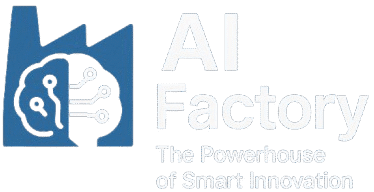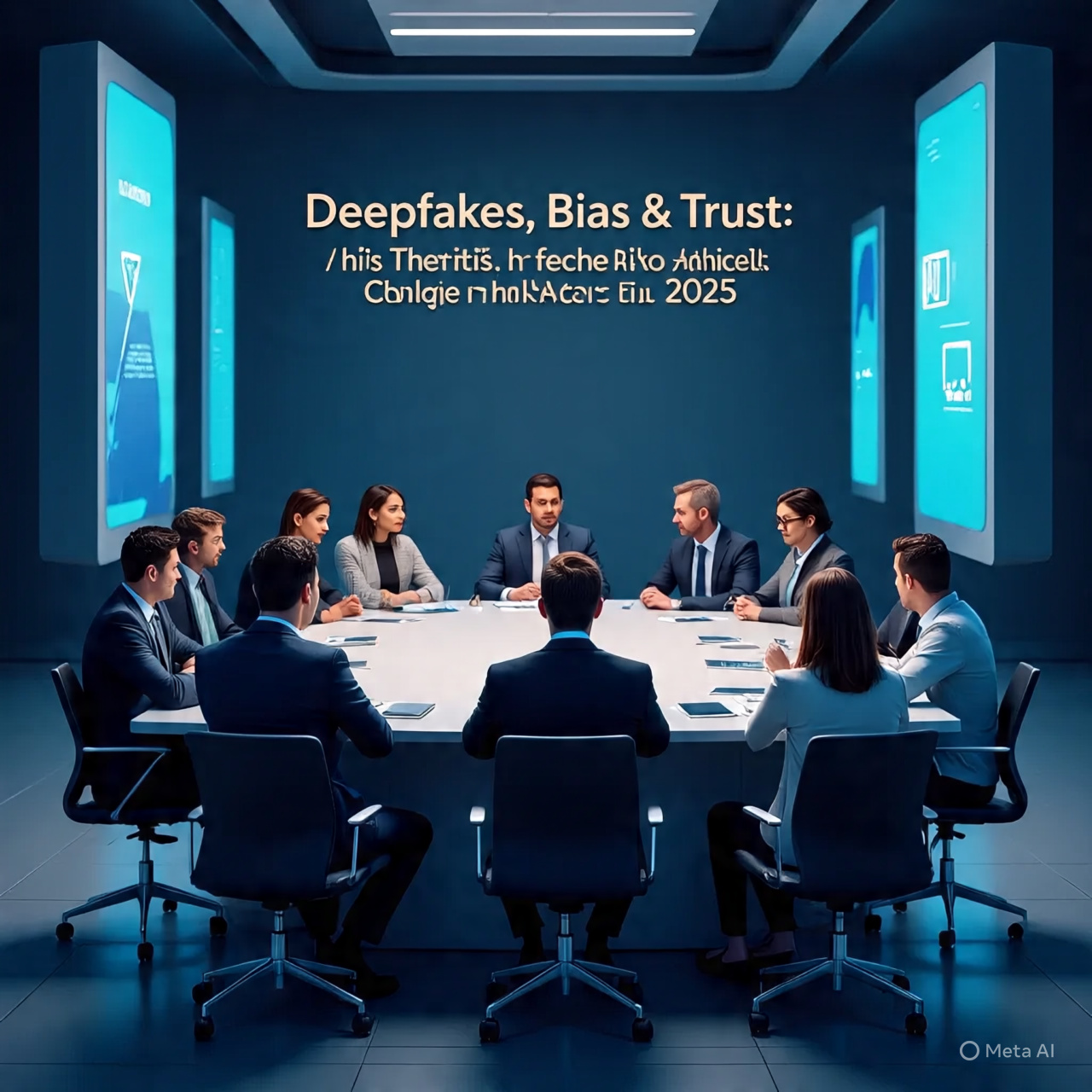Introduction: A Brave New Ethical World
As artificial intelligence (AI) continues to evolve at lightning speed, its capabilities are increasingly astounding—and occasionally alarming. In 2025, ethical concerns such as deepfakes, algorithmic bias, and trust in AI systems are no longer theoretical; they’re urgent, real-world issues. From fake political speeches generated by deepfake tech to biased hiring algorithms and mistrust in autonomous vehicles, the landscape is filled with opportunities—and minefields. This article dives deep into AI’s ethical challenges in 2025, exploring where we are now, what’s at stake, and how we can navigate this complex terrain.
Background: The Rapid Rise of AI and Ethics
AI is no longer confined to science fiction or research labs. It’s in our smartphones, financial systems, healthcare, law enforcement, and media. But with great power comes great responsibility. Ethical considerations are now at the forefront as organizations, governments, and citizens grapple with the implications of autonomous decisions, synthetic media, and embedded biases.
The three key ethical challenges dominating 2025 are:
- Deepfakes: Synthetic audio and video content that’s nearly indistinguishable from real footage.
- Bias in AI: Algorithms trained on biased data sets that replicate and sometimes amplify human prejudices.
- Trust: The growing concern over transparency, reliability, and accountability in AI systems.
Deep Dive Comparison: Deepfakes vs Traditional Misinformation
| Feature | Deepfakes | Traditional Misinformation |
|---|---|---|
| Creation Time | Minutes with AI tools | Hours to days manually |
| Realism | Hyper-realistic, hard to detect | Often text or poorly edited visuals |
| Distribution | Viral on social media and messaging apps | Primarily through articles and fake news websites |
| Detection Difficulty | High | Moderate |
| Impact | Severe—undermines truth and democracy | High but often easier to counter |
Key Features of AI’s Ethical Challenges in 2025
Deepfakes Are Getting Smarter
Tools like Sora and similar video-generating platforms can now create convincing footage from text prompts. While useful for entertainment and marketing, they pose serious risks when used maliciously—for example, to manipulate elections or fabricate evidence.
Bias Is Baked In—Unless We Fix It
Bias isn’t just about race or gender—it extends to age, location, language, and more. Biased data leads to skewed outcomes in finance (credit scoring), healthcare (diagnostic tools), and hiring (resume screening).
Trust Is Fragile
AI systems are often black boxes. Users don’t always understand how decisions are made. That lack of transparency undermines trust—especially in critical systems like autonomous vehicles, legal sentencing, or AI-driven medical diagnosis.
Pros and Cons of AI Technologies in Ethical Context
| Pros | Cons |
|---|---|
| Automation and efficiency in business operations | Bias and unfair treatment without proper audits |
| Creative possibilities with generative AI | Creation of fake or misleading media (deepfakes) |
| Enhanced user experiences via personalization | Invasion of privacy and data misuse |
| Predictive analytics for better planning | Opaque decision-making processes |
Use Cases: Where Ethical AI Matters Most
1. Law Enforcement
Facial recognition systems often misidentify minorities, raising red flags around discrimination and wrongful arrests.
2. Healthcare
AI helps diagnose diseases faster, but models trained on non-diverse datasets may miss key symptoms in underrepresented populations.
3. Media and Journalism
Deepfakes and AI-generated news articles threaten journalistic integrity. Fact-checking tools powered by AI must evolve just as quickly.
4. Recruitment and HR
AI used for resume screening and interviews can perpetuate gender or racial bias if not carefully monitored and audited.
FAQs About AI’s Ethical Challenges in 2025
What are deepfakes and why are they dangerous?
Deepfakes are synthetic media—videos, audio, or images—created using AI to mimic real people. They’re dangerous because they can spread false information, impersonate individuals, and manipulate public opinion.
How does bias enter AI systems?
Bias enters through training data. If historical data reflects human prejudice, the AI will learn and replicate those patterns unless corrected.
Can AI be trusted in healthcare?
AI can enhance healthcare delivery, but trust depends on transparency, diverse data, and regular validation by medical experts.
Is it possible to regulate deepfakes?
Yes, many governments are working on laws to identify, watermark, or penalize misuse of deepfake technology. However, enforcement is still catching up to innovation.
How can companies ensure ethical AI usage?
By implementing AI ethics frameworks, conducting bias audits, increasing transparency, and involving ethicists and diverse stakeholders in development.
Conclusion: Toward Responsible AI
AI is powerful—capable of transforming industries and improving lives. But without ethical considerations at every stage, from data collection to deployment, it can just as easily cause harm. Deepfakes, bias, and the erosion of trust are not distant possibilities—they’re today’s problems. As we move deeper into 2025, building ethical AI is not just good practice; it’s essential for societal progress.
Final Verdict: Balance, Not Ban
Rather than rejecting AI, we must demand better. Better data, better transparency, and better safeguards. Tools to detect deepfakes, mechanisms to audit bias, and laws to govern misuse are already emerging. The responsibility lies with developers, companies, regulators, and users alike. Ethical AI isn’t a finish line—it’s an ongoing journey, and 2025 is a crucial checkpoint.

